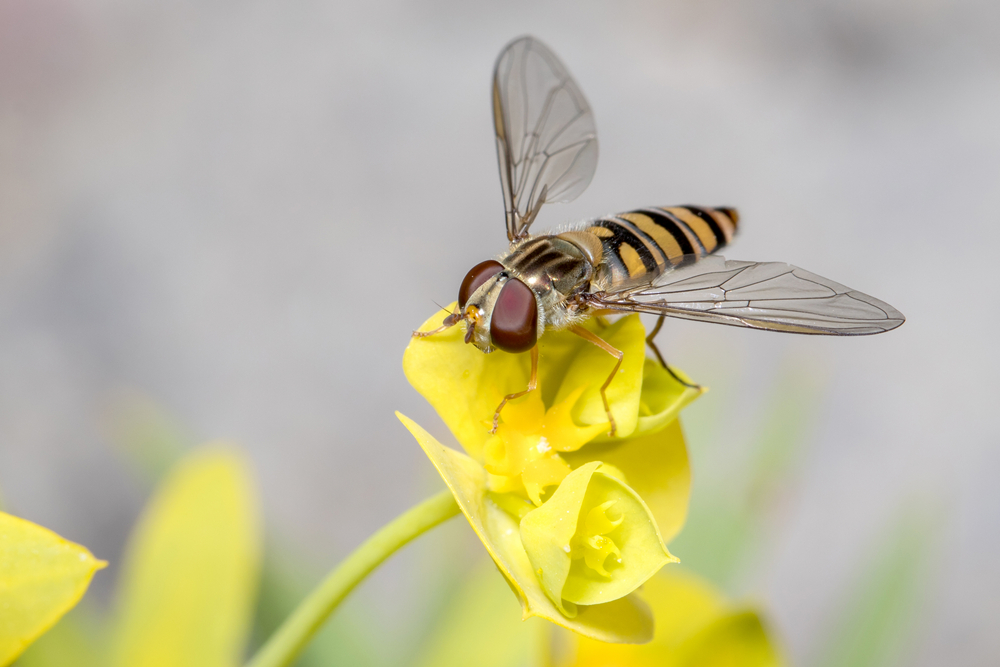
Autonomous systems researchers at the University of South Australia (UniSA), Flinders University, and Australian defense company Midspar Systems have reverse engineered the visual systems of hoverflies to detect drones’ acoustic signatures from almost four kilometers away. Historically, drones have been difficult to detect as they are acoustically quiet, slow-moving, and small.
Bio-vision research has mapped insect vision systems for use in improving camera-based detections, but this is the first time that bio-vision has been applied to acoustic data. The researchers developed an algorithm based on the hoverfly’s visual system that has extended detection ranges by up to 50%, and has also increased the accuracy of flight parameters and trajectory estimations.
“Unauthorized drones pose distinctive threats to airports, individuals and military bases. It is therefore becoming ever-more critical for us to be able to detect specific locations of drones at long distances, using techniques that can pick up even the weakest signals. Our trials using the hoverfly-based algorithms show we can now do this,” UniSA Professor of Autonomous Systems, Anthony Finn said.
The hoverfly’s visual and tracking skills have been successfully modeled to detect drones in busy, complex, and obscure landscapes, both for civilian and military purposes. The increased ability to detect drones could be greatly beneficial for aviation regulators, safety authorities, and the public in monitoring the increasing numbers of autonomous aircraft in sensitive airspace.
“We’ve witnessed drones entering airspace where commercial airlines are landing and taking off in recent years, so developing the capacity to actually monitor small drones when they’re active near our airports or in our skies could be extremely beneficial towards improving safety, “ stated Associate Professor in Autonomous Systems at Flinders University, Dr Russell Brinkworth. “The impact of UAVs in modern warfare is also becoming evident during the war in Ukraine, so keeping on top of their location is actually in the national interest. Our research aims to extend the detection range considerably as the use of drones increases in civilian and military space.”
